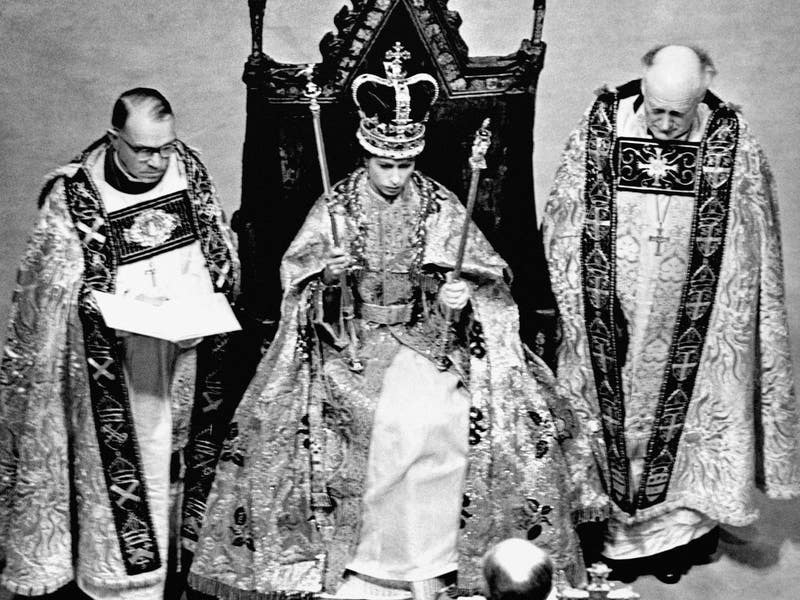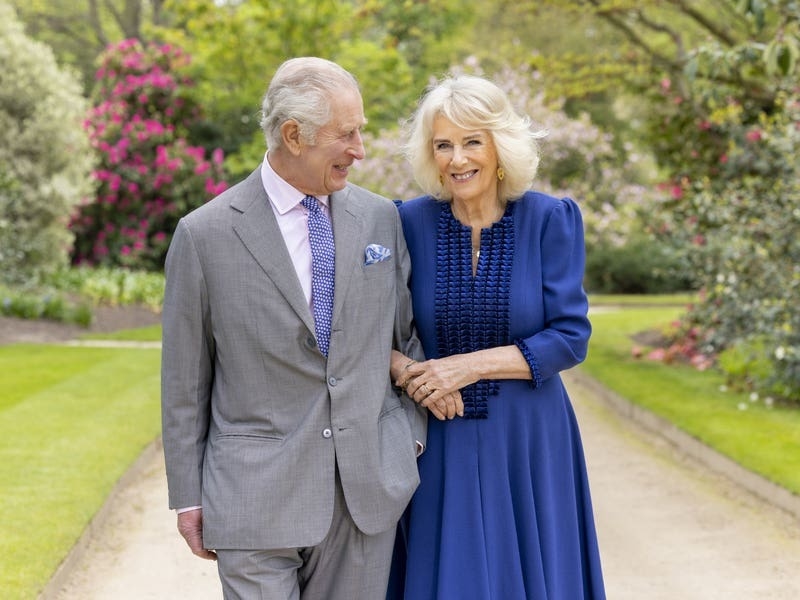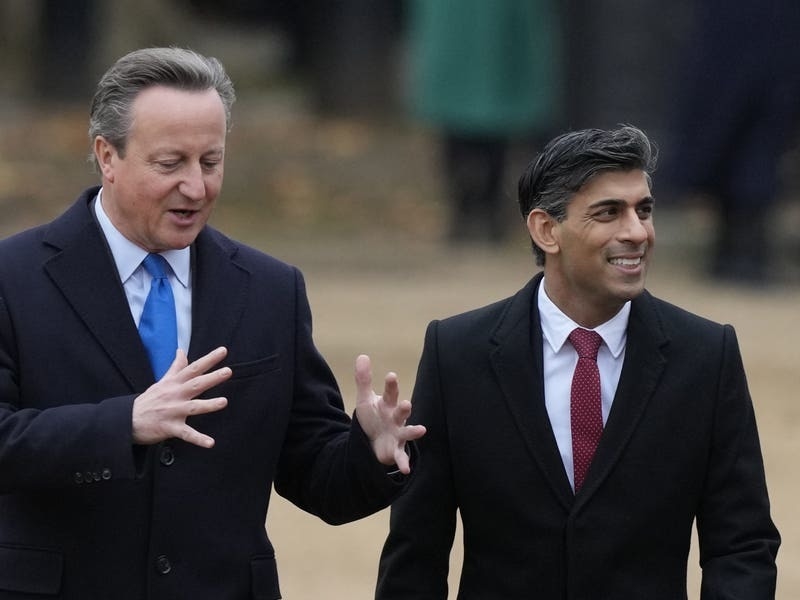The King’s coronation will take place on May 6, in a ceremony steeped in 1,000 years of history.
Charles will be crowned with the historic St Edward’s Crown – the same one his mother, Queen Elizabeth, was crowned with.
Jewels will be centre stage on the big day – the sacred Coronation Regalia, including the Sovereign’s Sceptre with Cross, the Sovereign’s Orb, and the Coronation Spoon will be brought to Westminster Abbey from the Tower of London – but the royals are also expected to wear lavish outfits.
What might they look like? While there will be a modern update to proceedings, extravagant outfits from coronations past may give us an idea of the royal aesthetic.
George V’s coronation

She wore a cream silk satin gown with a cinched waist, square neckline and three-quarter-length sleeves, that was covered in intricate metal embroidery – meaning the outfit had an overall golden look to it.
“Queen Mary took a duty-first approach to life as a royal and this is reflected in her no-nonsense coronation dress,” said Rosie Harte, author of The Royal Wardrobe (Headline, £22, available June 8).
“Made by court dressmaker Reville and Rossiter, the gown is fittingly cut in the Princess-line style, a type of dress named after the previous Queen Consort.”

Everything was closely considered – even down to the trim around the neckline, which was made with Irish lace.
Harte suggests the style was representative of the time. “The bodice is lined with subtle boning to give it shape; Mary’s coronation dress was made at the end of one of the most extreme eras of corsetry and throughout her time as Queen it would disappear from fashionable dress altogether,” she explained.
King George VI’s coronation

The Queen Consort, Elizabeth, was crowned alongside her husband in a sleeveless dress that bears resemblance to Mary’s gown – with a similar neckline and gold embroidery.
“Though more than 20 years separated the coronation of George V and George VI, Elizabeth Bowes-Lyon chose a dress identical to that of Queen Mary’s,” said Harte.
She said the design “is more streamlined”, but “there is very little that sets it apart”.
She added: “Many people assumed that this was the new uniform for coronation dresses, and in 1953 most predictions assumed that Elizabeth II would wear the same thing for her coronation.”
Created by court designer Madame Handley-Seymour – who often made outfits for Mary – the embroidery similarly represented various emblems of the realm.

According to Harte, coronets are “small crowns worn by members of the peerage and the royal family for coronations, the design of which tells people what title the wearer holds”.
Queen Elizabeth II’s coronation

The white satin gown was all about opulence, and was encrusted with diamonds, gold and silver bullion, seed pearls, crystals, pale amethysts and sequins.
“This full-skirted Victorian inspired dress is covered in thousands of colourful crystals that depict the emblems of the UK and the Commonwealth,” explained Harte.

The Queen carried an all-white bouquet with orchids and lily of the valley from England, more orchids from Wales, stephanotis from Scotland, and carnations from Scotland and the Isle of Man.

The final design, shown by Sir Norman to the Queen at Sandringham, included: the Maple leaf for Canada; The Wattle flower for Australia; the fern for New Zealand; the Protea for South Africa; the Lotus flower for India and Ceylon, and wheat, cotton and jute for Pakistan.
The Queen remained monarch of Canada, Australia and New Zealand for the rest of her life and a number of other Commonwealth realms, but South Africa, Sri Lanka (formerly Ceylon), and Pakistan later went on to become republics.
Elizabeth II was never queen of India, which became a republic before she acceded to the throne, but the country has remained part of the Commonwealth.
She was accompanied by the Duke of Edinburgh, who was in the full-dress naval uniform of Admiral of the Fleet.

Harte said the Queen Mother’s dress was “a complete transformation from her simple 1930s gown”.
She said: “Throughout her time as consort, Elizabeth Bowes-Lyon had used fashion to transform herself into a fairy Queen with romantic, floaty dresses.
“Norman Hartnell created this dramatic silk gown to reinforce her whimsical image, but also to remind people who the outgoing Queen was. The design of the dress seems to peel open at the bottom to reveal a hem of sumptuous gold fabric.”

She said: “Rather than royal emblems, her dress has been embroidered with roses and marguerite flowers in reference to her full name – Margaret Rose.







